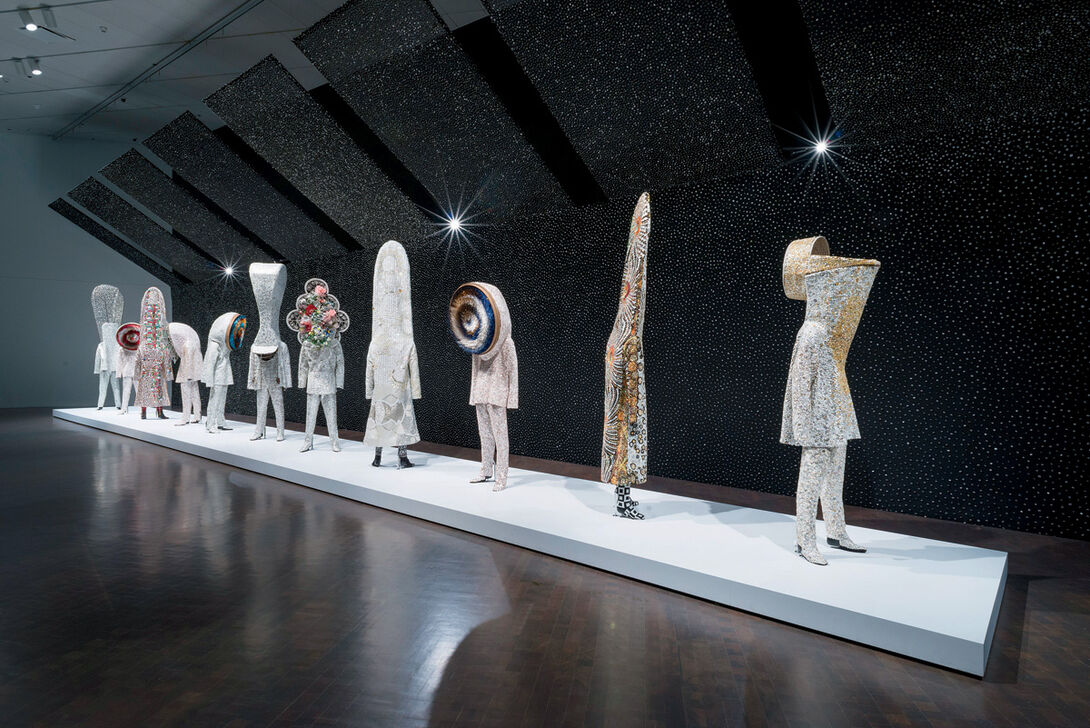
The Messenger
Artist, educator, and newly endowed Professor Nick Cave reflects on his career and current exhibition exploring race and racism in America.
by Adrienne Samuels Gibbs
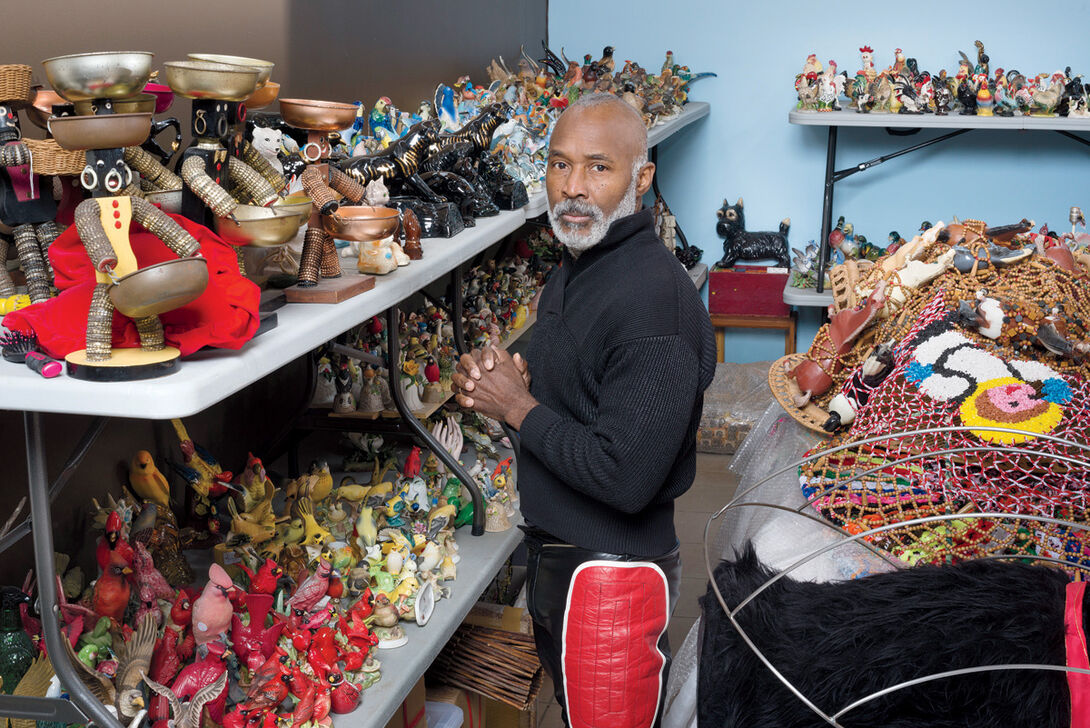
Is there racism in heaven?
That’s the question SAIC Professor Nick Cave poses in his historic, yearlong Massachusetts Museum of Contemporary Art (MASS MoCA) exhibition, Until, a public conversation created in response to violence against the Black body, more specifically the recent string of high-profile shootings of Black people by White militants or by police. The football field-sized installation asks attendees to ponder their relationship with, role in, and reaction to race and racism in America, and perhaps the world.
Today Cave, a world-renowned artist represented by New York’s Jack Shainman Gallery and newly named Stephanie and Bill Sick Professor of Fashion, Body and Garment, is ready to place even more focus on another ongoing part of his journey: being of service.
“I have work to do,” says Cave, referring to his commitment to students, being a resource for newer artists, and supporting live, diversity-oriented performances at the MASS MoCA exhibition. Cave puts himself in the same category as Kerry James Marshall and Theaster Gates, Windy City powerhouses who live in the Midwest to stay connected, informed, and to, essentially, uplift. “There are amazing artists of color, and amazing artists period, who do not and have not gotten a break. I look at Kerry James Marshall and the fact that he’s at the Met right now. That’s a big deal for me, to look at him and to say, ‘This is possible.’”
He pauses to gather his final thoughts on the matter.
“So, how can I be of service and also be a role model?”
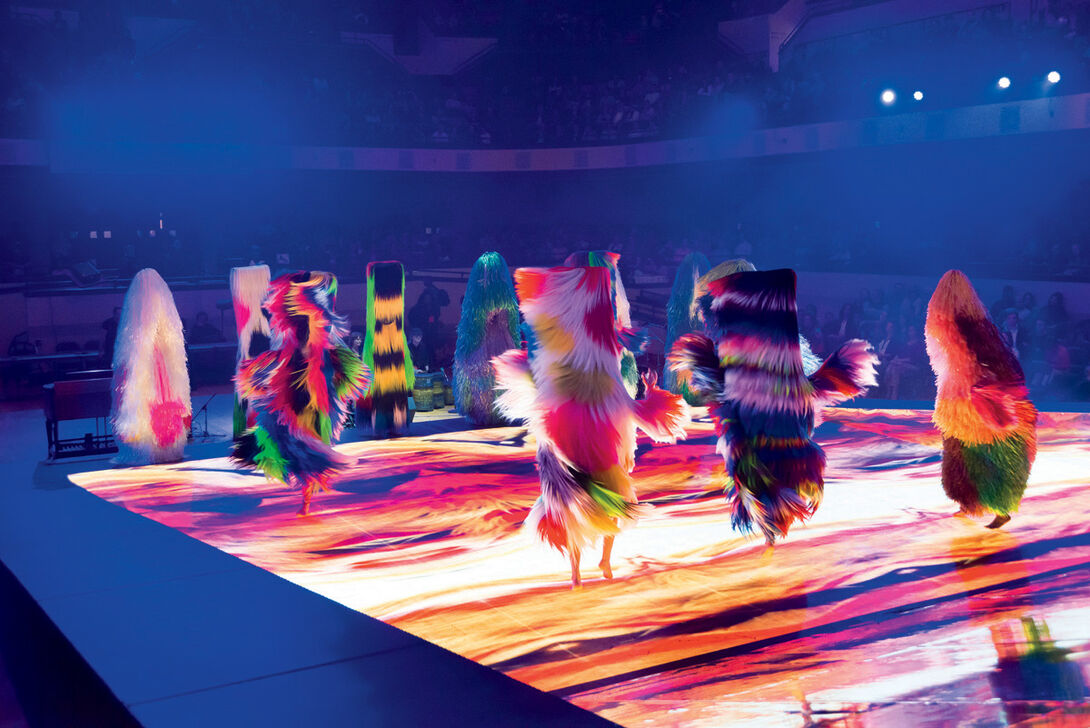
This reflection on racial issues, and the need to change the narrative, has informed Cave’s work throughout a career that began 25 years ago when he first joined SAIC as an associate professor. During his time at the School, the Alvin Ailey American Dance Theatre, Kansas City Art Institute, and Cranbrook alum found his own voice as an artist. When he first arrived in 1990, he was creating large, constructive paintings. In 1991, the Los Angeles police beating of Rodney King happened, and Cave, in anguish, made the first of his Soundsuits—the body of work for which he would become widely known—out of twigs. It was armor against things that hurt. By 1992 Cave realized that making art wasn’t his primary goal, but “being the messenger” was.
So, how can I be of service and also be a role model?”
As Cave’s stature grew, he showed in South Bend, Indiana; Boise, Idaho; and Helena, Montana, before moving on to New York City and Verona, Italy. Eventually, his Soundsuits graced the pages of Vogue (in 2010) and inspired several more installations that touched upon race, sexuality, belonging, and protection. Cave became the Chair of the Fashion Design department at SAIC and was named a “Legend of Fashion” in 2014.
Cave will continue exploring that question in his new role as Stephanie and Bill Sick Professor of Fashion, Body and Garment. In 2016 Stephanie and Bill Sick established an endowed professorship that may be awarded to a faculty member in any of the School’s degree programs. Cave is the first recipient. “Nick Cave is an exceptional artist and teacher who has had a momentous impact on his students and his community,” says Stephanie Sick, whose family gift was part of SAIC’s ongoing $50 million fundraising campaign, Beautiful/ Work: The Campaign for SAIC. “We are so proud that he is the first recipient of this professorship.”
Cave was installing Until when SAIC’s leadership called to inform him of the professorship. “I was thrilled,” he says. “It’s an honor for the School to recognize what I have contributed to, and an honor to be a part of an institution that I believe in.”
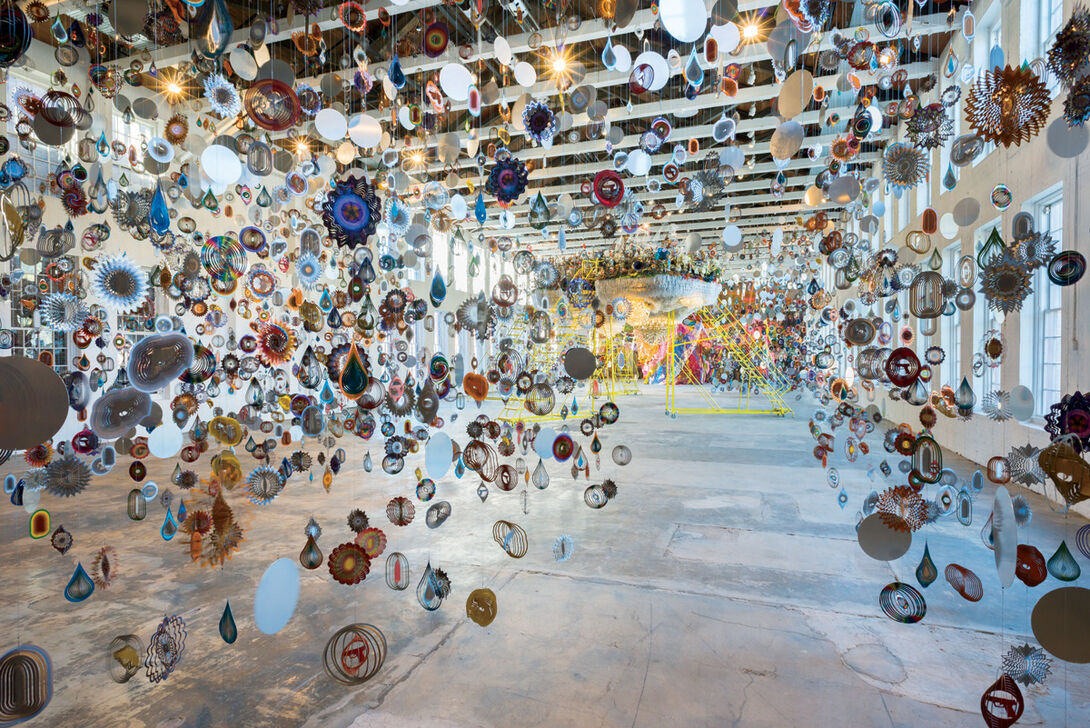
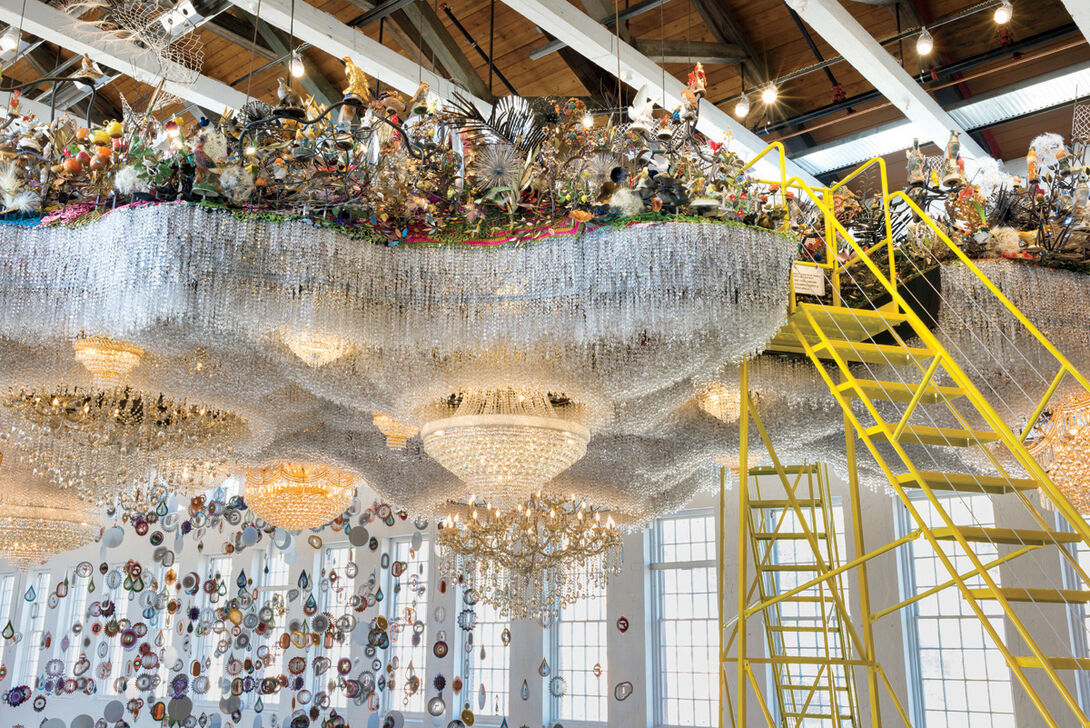
The path wasn’t easy, says the artist, who elegantly gestures with his entire upper body as he talks. But along the way, he figured out how to juggle his passion with practicality. He doesn’t believe in the myth of the “starving artist,” and advises his grad students not to forget the basics of needing a job to make money to pay for rent and supplies. “Let’s keep it real. My mother was like, ‘Get a job,’” he says.
Such passion and practicality continue to serve Cave and his students, some of whom work as his studio assistants. His next move is renovating a 23,000-square-foot building on Chicago’s Northwest side that will include studio and performance spaces in addition to storefront galleries and pop-up shops. When the building is rehabbed, “It will function as a space to bring together young artists, to offer exhibition possibilities, to have convenings within it, to work with public high school kids and underprivileged kids,” says Cave.
The new building, the push toward more “public convenings,” and the new direction in his art marks a transition for the artist and educator. Yet his message remains the same. Cave describes Until as “the belly of the Soundsuit,” a dreamlike exhibition that at one point co-opts the negative, subservient connotation of Black lawn jockey sculptures. In Cave’s mind, and hopefully in other minds as well, those old-school signifiers of racism become items of beauty, power, and contemplation.
